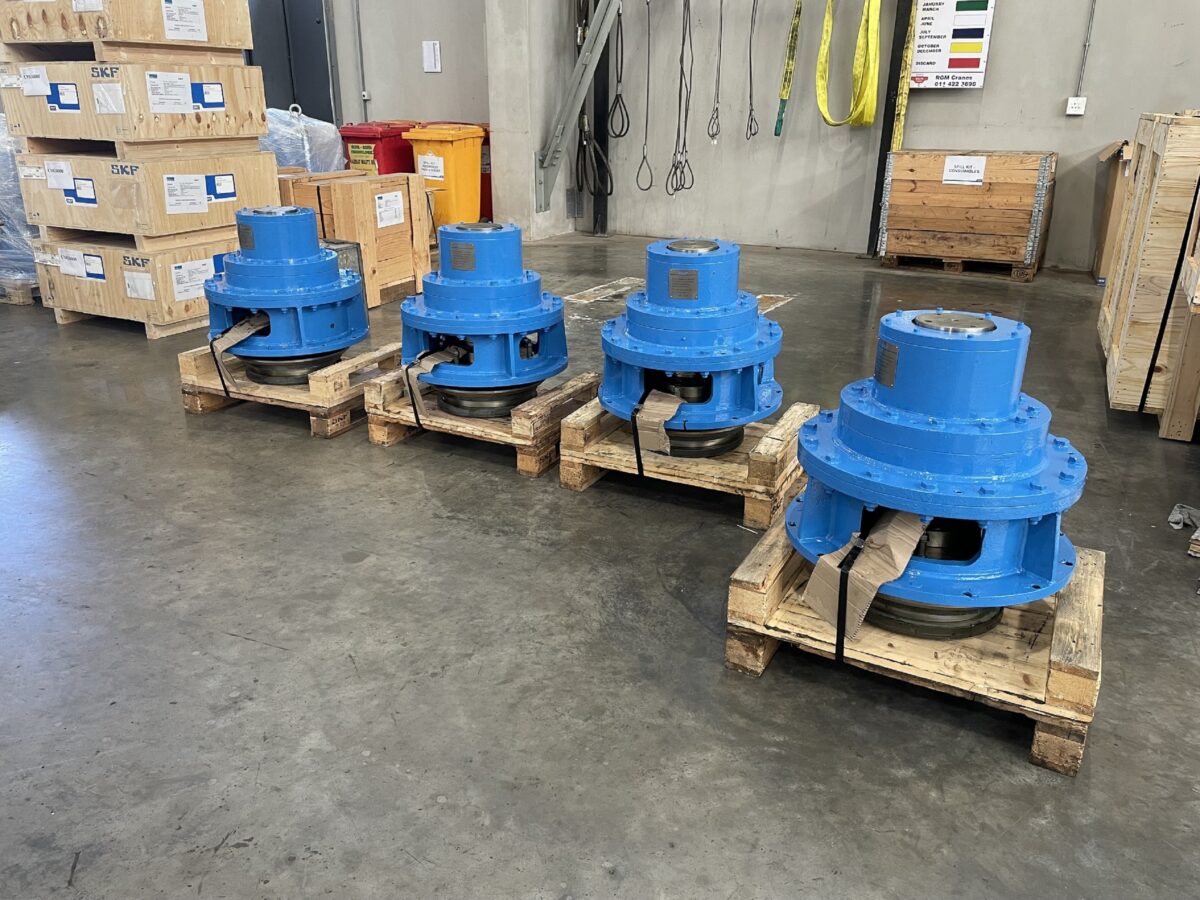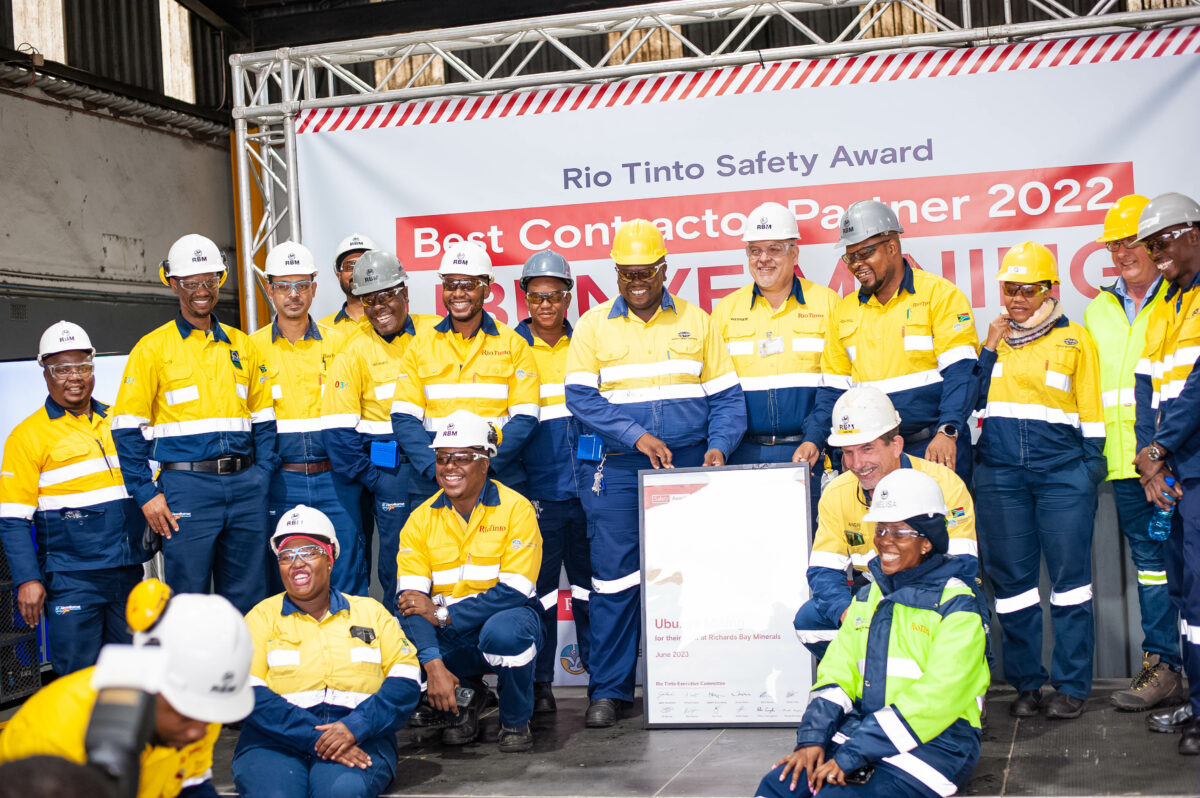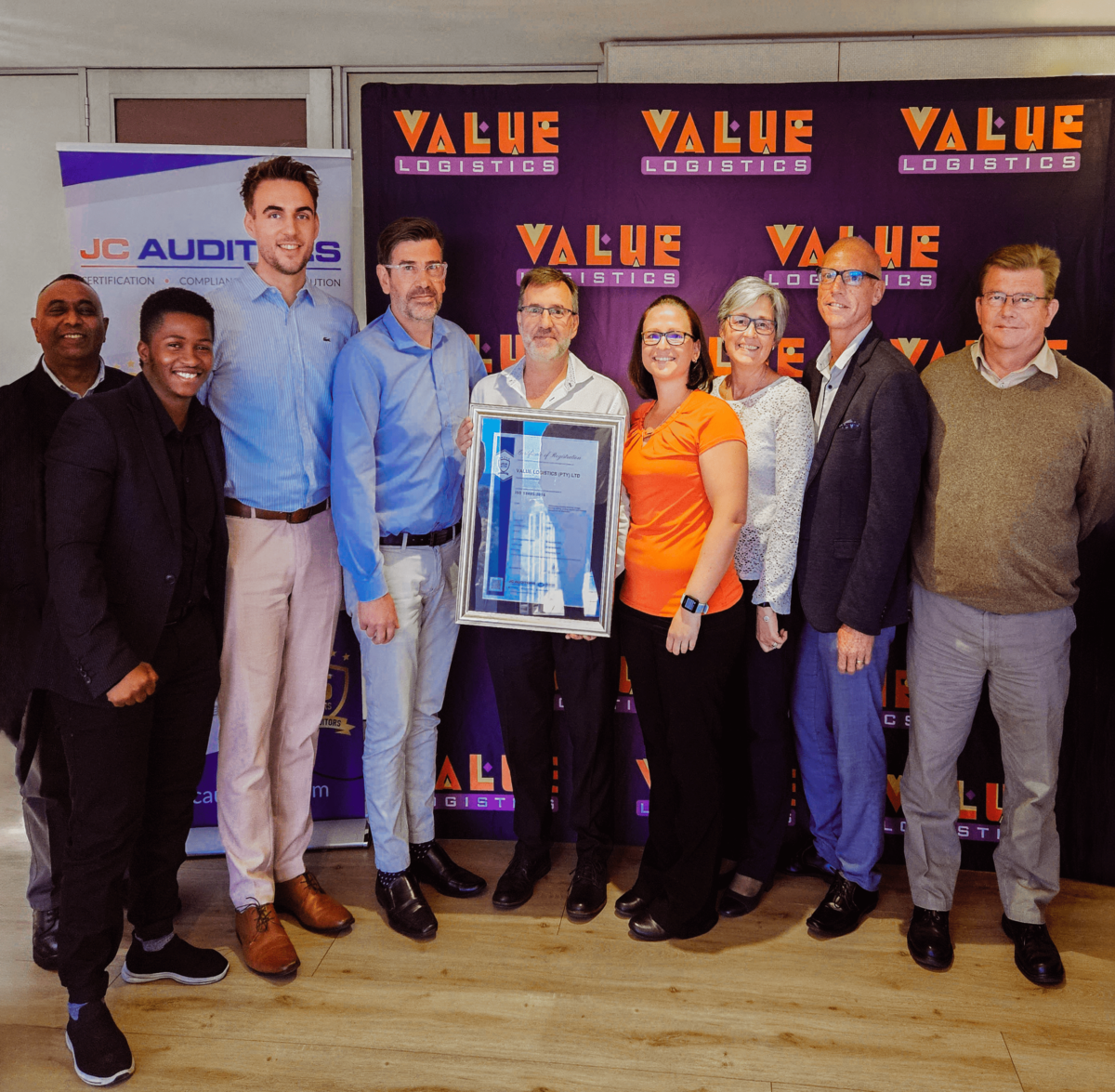Discover How We’re Shaping the Future of Key Sectors in Africa
In the heart of Africa, where industries are flourishing, and innovation is at its peak, there’s a source of knowledge that has been instrumental in shaping the growth and progress of the continent’s most critical sectors. We are PWL Global Network, and we’re the proud publishers of seven influential print magazines, each dedicated to providing invaluable insights, trends, and expertise in key African industries.
A Glimpse into Our Publications
- Logistics African Magazine: Our magazine dedicated to Transport and Logistics offers a comprehensive view of the networks that keep Africa moving. From supply chain optimization to cutting-edge technology, we bring you the latest updates and strategies driving the industry forward.
- Modern Energy And Mines Review: In the ever-evolving world of Mining and Energy, we’ve been the go-to source for industry professionals and decision-makers. Our magazine delves into mineral resources, sustainable energy solutions, and the economic impact of these sectors.
- Oil And Gas News Africa: Africa’s Oil and Gas industry holds tremendous potential. Our publication explores exploration, production, and the energy transition, delivering crucial information that drives the industry’s growth.
- Rail Management Review: The Railways magazine takes you on a journey through the rail systems that connect nations and fuel economic development in Africa. We provide the latest news and innovations within this vital transport sector.
- Pipes, Pumps and Valves: Keeping the heart of industries pumping is what we do best. Our magazine on Pumps and Valves covers the technologies and applications that drive efficiency and sustainability in African businesses.
- Fire and Security Journal: In an ever-changing world, staying ahead of security threats is paramount. Our publication is a beacon of information on fire safety and security systems, ensuring a safer Africa.
- Green Africa Magazine: Agriculture remains the backbone of Africa’s economy. We offer a comprehensive look at the latest trends, innovations, and sustainable practices in the agriculture industry.
Our Impact and Expertise
Over the years, we’ve earned the trust of industry experts, professionals, and readers alike. Our commitment to delivering accurate, timely, and relevant content has made us a reliable source of knowledge. Our magazines have not only informed but have also influenced decision-making, policy changes, and the overall development of these industries.
We believe in the power of knowledge and its role in Africa’s growth. You can join us on this journey by subscribing to our magazines, engaging with us on social media, and exploring our website for more in-depth content.
In a world that’s constantly evolving, staying informed is your most potent weapon. With PWL Global Network, you have a trusted ally dedicated to keeping you updated on the trends, innovations, and opportunities that are driving Africa’s industries forward.
To advertise in our publications, get in touch with our sales team
advertise@pwlglobalnetwork.com
+27 74 225 6659







